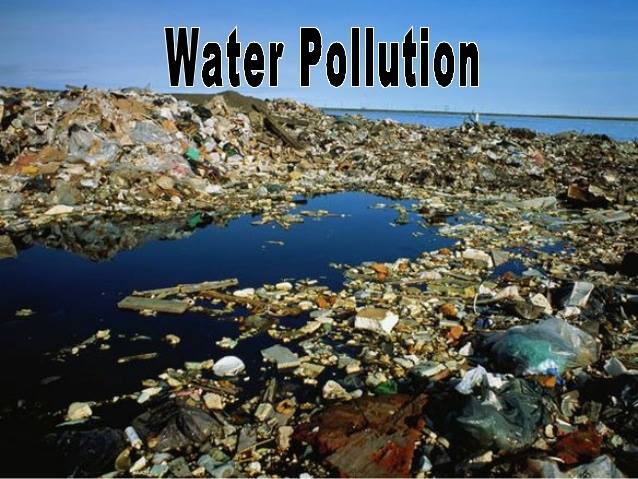LEU. How climate change affects animals? – By Živilė Pstygaitė
One day can be hot and cloudy, the next cold and sunny – these day to day changes are the weather. One day it’s windy, the next it’s raining, the day after that it’s windy and raining then we might get some sunshine. So, weather is always changing. But now we regularly hear about climate change. Climate reflects long-term weather patterns, so when we talk about climate change, we’re talking about long-term changes to the weather. Over decades and centuries, climate changes – places become drier, wetter, hotter or colder.
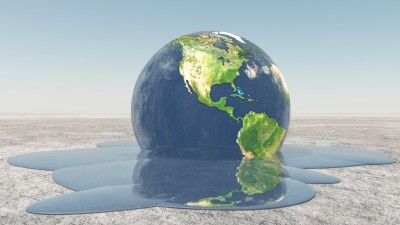
Our climate is changing, both naturally and due to human exploitation. There is already undeniable evidence that animals, birds and plants are being affected by climate change and global warming in both their distribution and behavior.
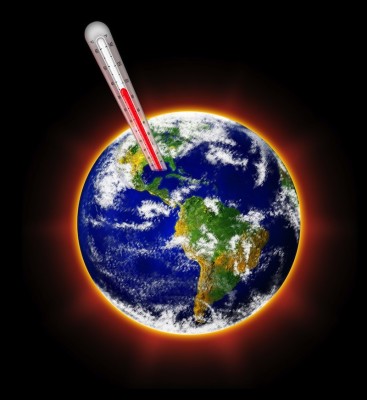
Climate variability and change affects birdlife and animals in a number of ways:
Birds lay eggs earlier in the year than usual, plants bloom earlier and mammals are come out of hibernation sooner. Birds are migrating and arriving at their nesting grounds earlier, and the nesting grounds that they are moving to are not as far away as they used to be and in some countries the birds don’t even leave anymore, as the climate is suitable all year round.

Many people know that climate change is causing Arctic sea ice to melt, which in turn threatens polar bears who need the ice to hunt for their prey. They spend far more time at sea than it does on land. Polar bears today are thinner and less healthy than those of 20 years ago.
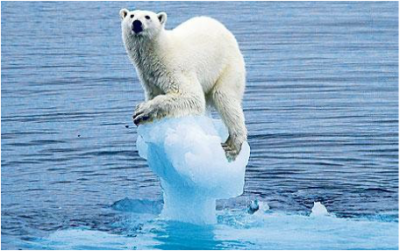
Although it is thought that no species has yet become extinct exclusively because of climate change, many migratory and non-migratory species are expected to become extinct in the near future.
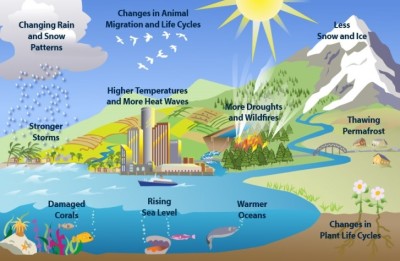 Climate change is first and foremost an issue. You might have noticed that the weather’s been hotter than usual, or you have noticed a drought in your area or conversely, unusual storms. To prevent climate change you can start by using less electricity, driving less, switching to LED bulbs or eating less meat.
Climate change is first and foremost an issue. You might have noticed that the weather’s been hotter than usual, or you have noticed a drought in your area or conversely, unusual storms. To prevent climate change you can start by using less electricity, driving less, switching to LED bulbs or eating less meat.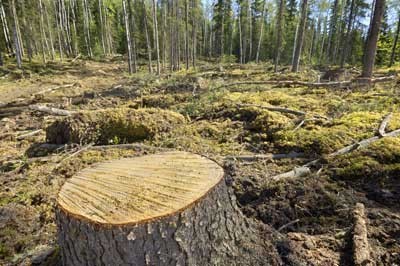 Another thing to mention is deforestation. Tropical rainforests, which are crucial to stabilizing the climate and to human survival, are being chopped down at breakneck pace- one and a half acres of rainforest are lost every second. Humans have already chopped down about 50% of the rainforests that once existed on the planet and at the current rate of destruction, we will completely destroy the rainforests in the next 40 years. What we could do as individuals? By using recycled paper, we can decrease the need to cut down as many trees and by buying goods made with FSC-certified wood, we can show retailers that we don’t want them to support brands that obtain lumber irresponsibly. Last but not least, why not plant a tree or even a hundred trees.
Another thing to mention is deforestation. Tropical rainforests, which are crucial to stabilizing the climate and to human survival, are being chopped down at breakneck pace- one and a half acres of rainforest are lost every second. Humans have already chopped down about 50% of the rainforests that once existed on the planet and at the current rate of destruction, we will completely destroy the rainforests in the next 40 years. What we could do as individuals? By using recycled paper, we can decrease the need to cut down as many trees and by buying goods made with FSC-certified wood, we can show retailers that we don’t want them to support brands that obtain lumber irresponsibly. Last but not least, why not plant a tree or even a hundred trees.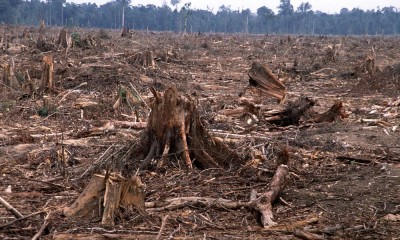
 Moving on we face pollution. Pollution comes in many forms and no matter where we live we all probably have seen it more or less. It became a part of our daily routine to see such thing like smog in the streets of big cities. The first thing we can all do to reduce the amount of pollution in our streets, air and water is to make a mental change. Before buying a new product, ask yourself if you really need it or if you might be able to purchase it secondhand. It could make a big difference in the amount of trash we see in our landfills. Secondly, if you don’t already recycle, get into the habit. If everyone adopted these easy principles, the world would be in a much better place.
Moving on we face pollution. Pollution comes in many forms and no matter where we live we all probably have seen it more or less. It became a part of our daily routine to see such thing like smog in the streets of big cities. The first thing we can all do to reduce the amount of pollution in our streets, air and water is to make a mental change. Before buying a new product, ask yourself if you really need it or if you might be able to purchase it secondhand. It could make a big difference in the amount of trash we see in our landfills. Secondly, if you don’t already recycle, get into the habit. If everyone adopted these easy principles, the world would be in a much better place. Global warming is another environmental issue which is increase in earth’s temperature due to effect of greenhouse gases called carbon dioxide, methane, water vapor and other gases. Without these gases, this planet would turn be cold for life to exist. What can be done? Reduce, reuse, recycle. By recycling half of your household waste, you can save 2,400 pounds of carbon dioxide annually, use Less Heat and Air Conditioning, use less hot water, encourage others to conserve!
Global warming is another environmental issue which is increase in earth’s temperature due to effect of greenhouse gases called carbon dioxide, methane, water vapor and other gases. Without these gases, this planet would turn be cold for life to exist. What can be done? Reduce, reuse, recycle. By recycling half of your household waste, you can save 2,400 pounds of carbon dioxide annually, use Less Heat and Air Conditioning, use less hot water, encourage others to conserve!

